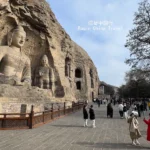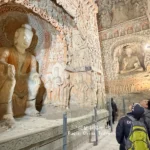Beijing, China’s bustling capital, offers a vibrant mix of ancient history, modern wonders, and rich culture. Whether you’re visiting the awe-inspiring Great Wall, taking a stroll through the Forbidden City, or diving into the buzzing streets for some delicious Beijing duck, there’s no shortage of things to do. If you’re planning your first trip to this fascinating city in 2025, you’ll need some expert tips on how to plan a trip to Beijing. This guide is here to help you with everything you need to know, from the best time to visit, to where to stay, and how to get around.
1. How to Plan a Trip to Beijing: Getting Started
Before you dive into all the exciting things to do in Beijing, let’s start with the basics of Beijing trip planning. First things first, you’ll need to think about your China travel visa. Most foreign tourists need a visa to visit China, and it’s best to apply for one well in advance. You can apply through the Chinese embassy or consulate in your home country.
Check out: China Visa-Free Travel Policies: Your Guide to Visiting China
Arriving at Beijing Airport: What to Expect and Visa-Free Transit Guide
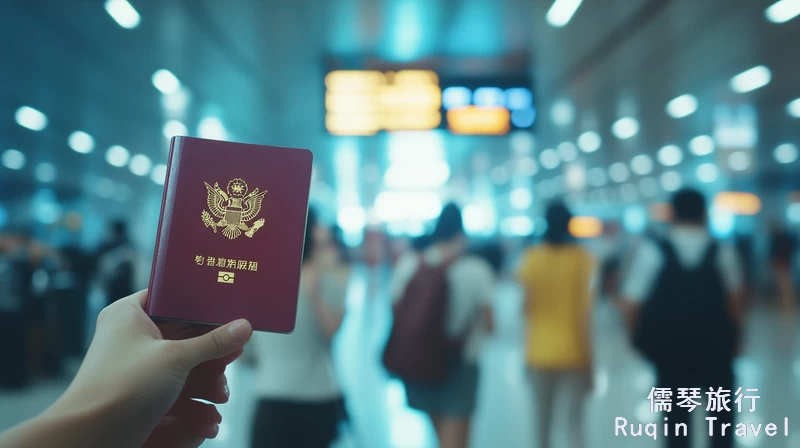
Once your visa is sorted, you can start planning your Beijing 2025 travel itinerary. It’s important to decide how much time you want to spend in Beijing and what you want to see. The city is massive, with a mix of ancient sites, modern skyscrapers, and stunning parks. But no worries, we’ll help you figure out what to do in Beijing during your stay!
2. Best Time to Visit Beijing
When is the best time to visit Beijing? This is a crucial question when planning a trip to Beijing. The climate plays a big role in making your trip enjoyable. Beijing has a temperate climate, which means hot summers and cold winters. However, the best time to visit is generally from April to October when the weather is more mild and comfortable.
Check out:: Best Time to Visit Beijing for more information.
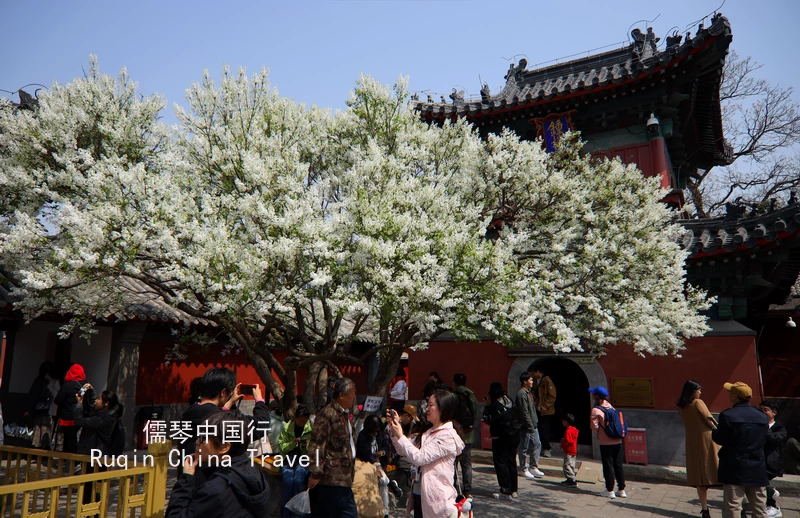
In spring (April to June), temperatures are pleasant, and the city’s parks are in full bloom, perfect for sightseeing. Autumn (September to October) is another great time, with crisp air and clear skies, especially around the Mid-Autumn Festival when there are many events and celebrations. Summer can be hot, with temperatures soaring above 30°C (86°F), so if you’re not a fan of heat, consider visiting during shoulder seasons like spring or fall.
3. How to Get to Beijing: Flights and Transportation
Now that you know the best time to visit, let’s talk about how to get to Beijing. The capital city is well-connected internationally, with Beijing Capital International Airport (PEK) and Daxing International Airport being the two main gateways for international flights. Depending on where you’re traveling from, you’ll find plenty of direct flights from major cities around the world.
Check out: How to Get from Beijing Capital Airport to Beijing City Centre
How to Get from Beijing Daxing Airport to Beijing
How Many Airports in Beijing

Once you arrive at the airports, Beijing airport tips can help make your arrival smooth. Make sure you have your visa ready, as well as any other documents required for immigration. If you’re traveling on a budget, you’ll be happy to know that there are public transportation options like the Airport Express train, which connects the airport to the city center. It’s fast, affordable, and easy to use.
4. Beijing Public Transportation: How to Get Around Beijing
When it comes to how to get around Beijing, you’ll find plenty of options. The city’s public transportation system is vast and efficient, especially if you’re sticking to the main tourist spots. The Beijing subway is your best bet. It’s affordable, convenient, and covers most of the city, including major attractions like the Forbidden City and Tiananmen Square.
Check out: How to Get Around Beijing – A Complete Guide for more information
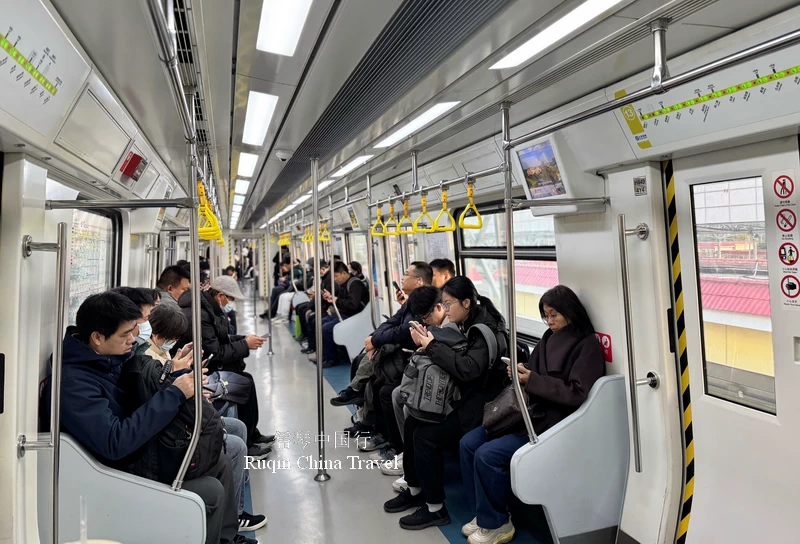
If you prefer more flexibility, Beijing taxis and ride-hailing apps like Didi are available, but they may be more expensive compared to public transport. Additionally, bike-sharing programs are popular and offer an eco-friendly way to explore Beijing’s neighborhoods.
5. What to Do in Beijing: Best Tourist Attractions
Now let’s get to the exciting part: what to do in Beijing! The city is home to some of the best tourist attractions in Beijing, and you won’t want to miss out on these highlights:
Check out: Top 10 Attractions in Beijing: A Guide for First-Time Visitors
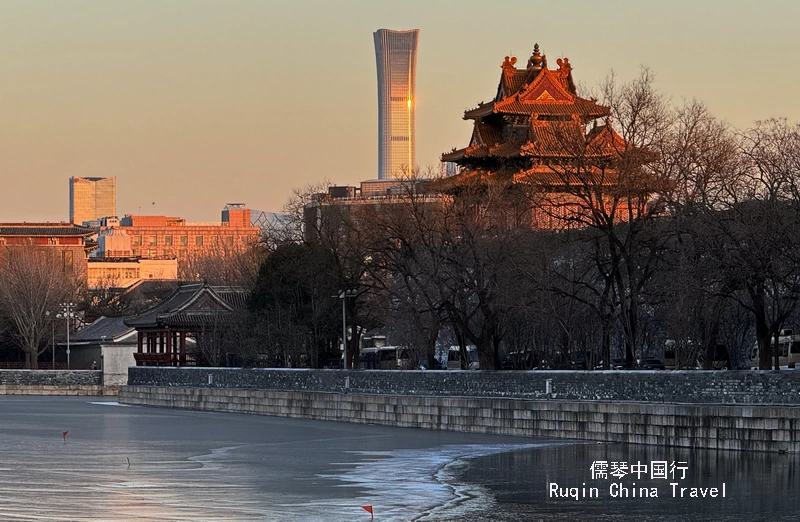
- The Great Wall of China: This is probably the most famous attraction in China, and it’s a must-see when you’re in Beijing. It’s not just about seeing it; you’ll want to walk along it to fully appreciate its grandeur.
- The Forbidden City: The heart of ancient China’s imperial power, the Forbidden City is a breathtaking palace complex with beautiful architecture and fascinating history.
- Tiananmen Square: One of the largest public squares in the world, Tiananmen Square is home to the Mausoleum of Mao Zedong, the National Museum, and the Gate of Heavenly Peace.
- Summer Palace: This massive park, filled with lakes, temples, and gardens, is perfect for a relaxing day trip.
- Temple of Heaven: A beautiful park and temple where the emperors of the Ming and Qing Dynasties would pray for good harvests.
These are just a few of the top things to do in Beijing in 2025. There are also plenty of local markets, street food stalls, and cultural experiences that will make your trip unforgettable.
6. Where to Stay in Beijing: Accommodations for Foreigners
Finding the right place to stay is a big part of your Beijing vacation planning. There are plenty of options, depending on your budget and preferences. If you’re traveling on a budget, you can find affordable hostels or guesthouses in areas like Qianmen and Hutongs, Beijing’s traditional alleyways. These areas are full of character and give you a more local experience.
Check out: Where to Stay in Beijing for more detailed information.

For a more comfortable stay, there are mid-range hotels in popular areas like Wangfujing and Sanlitun, close to major shopping districts and restaurants. If you’re looking for something luxurious, you’ll find 5-star hotels with stunning views, spas, and fine dining in areas like the CBD (Central Business District).
7. Plan Your Beijing Itinerary
With flights, accommodation and attractions set, it’s time to craft your Beijing itinerary. Begin by listing must-visit landmarks and attractions. Balance your desires with the duration of your stay. Can you fit in a day trip to the Great Wall, for example?
Check out: How to Visit Beijing in One Day – Your Complete Guide
How to Explore Beijing in 3 Days: A Guide for First-Time Visitors
How Many Days in Beijing? Spending Up To 7 Days in Beijing
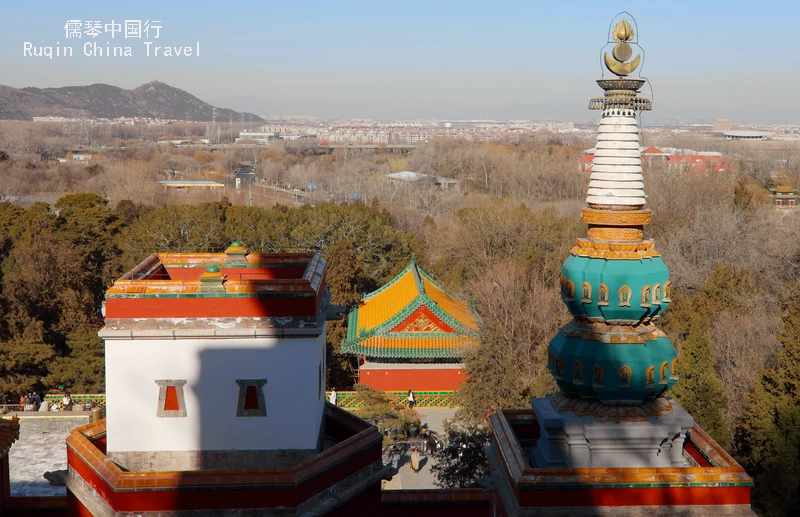
For inspiration, refer to our detailed itineraries ranging from one to seven days. These guides are thoughtfully constructed to maximize your experience in Beijing. Planning an itinerary that’s both exciting and realistic enhances your Beijing adventure.
8. Beijing Travel Budget: How Much Money Do You Need to Visit Beijing?
When it comes to Beijing travel budget, it’s important to plan ahead. Beijing is a relatively affordable destination for travelers, especially when you compare it to other major cities like New York or London. However, costs can vary depending on your travel style. On average, budget travelers can get by with about $40-50 USD per day, which covers accommodation, food, transportation, and a few sightseeing activities.
Check out: What Budget Should I Allow for Beijing for more detailed information
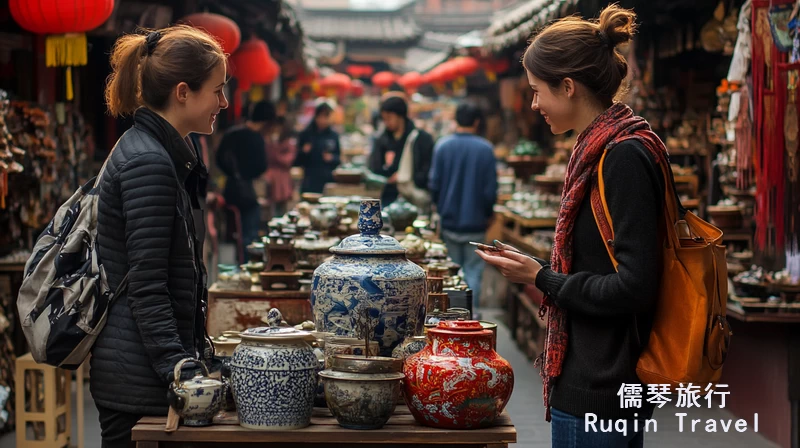
If you’re looking for a more luxurious experience, expect to spend more on accommodation, dining, and tours. That said, there are always ways to keep costs low, such as eating at local restaurants or using public transportation.
9. How to get tax refund in Beijing for foreign tourists
Beijing is a shopper’s paradise, packed with flashy malls, busy markets, and high-end boutiques. For foreign visitors, it’s even better—because you can get a tax refund on your purchases! Picture picking up that designer handbag, a shiny piece of jewelry, or the latest tech gadget, and then getting a chunk of the VAT (Value Added Tax) back before you head home.
Check out: How to get tax refund in Beijing for foreign tourists

This guide will show you exactly how to claim your tax refund in Beijing, covering everything from who’s eligible to how to actually get your money back. With a little bit of prep, you’ll be able to save big and enjoy a hassle-free shopping spree in the heart of China.
10. Beijing Travel Tips for First-Timers
If you’re a first-time visitor to Beijing, there are a few important Beijing travel tips to keep in mind:

- Learn basic Mandarin phrases: While English is spoken in major tourist areas, knowing a few basic Chinese phrases can make your trip much easier. Check out: Essential Mandarin Phrases for Travelers in China and Chinese Language for Beginners – A Foreigner’s Guide.
- Carry cash: While credit cards are widely accepted, some places—especially markets and small shops—prefer cash.
- Be prepared for crowds: Beijing is a busy city, especially during peak tourist seasons. Be patient and expect crowds at major tourist spots.
- Be cautious with street food: Beijing has an amazing food scene, but if you’re not used to spicy food, be careful when trying new dishes.
11. Is Beijing Safe for Foreign Tourists in 2025?
One of the most common questions travelers have is, “Is Beijing safe for foreign tourists in 2025?” The short answer is yes! Beijing is generally very safe for tourists. Crime rates are low, and the city is well-policed. However, as with any major city, it’s important to stay aware of your surroundings, especially in crowded areas or when using public transport.
Check out: Beijing Scams: How Tourists Can Avoid Them
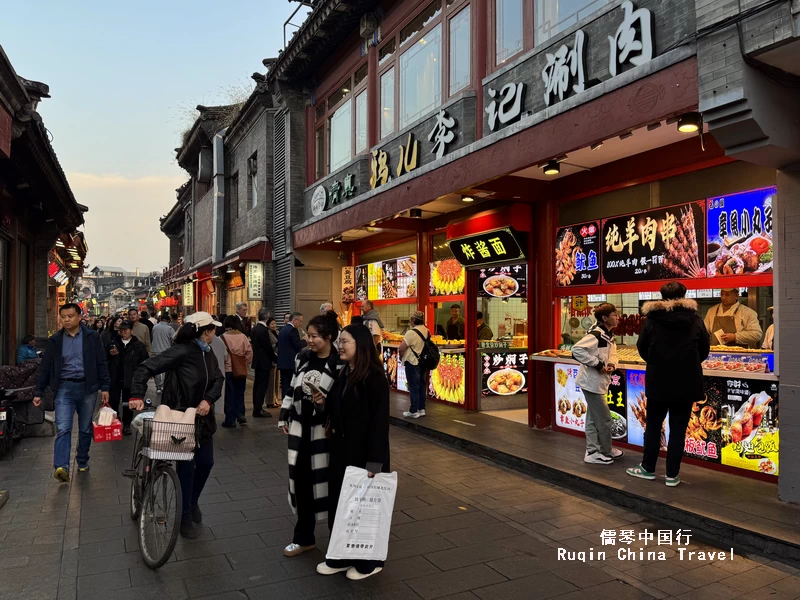
Avoiding tourist scams is also something to keep in mind. Be cautious with unofficial tour guides or street vendors who might try to overcharge you. Stick to reputable companies and always agree on a price before accepting services.
12. What to Pack for a Trip to Beijing
Lastly, don’t forget to pack for your adventure! In addition to your usual travel essentials, here are a few items you’ll want to include when planning your trip to Beijing:
Check out: Plugs, Sockets, Adaptors & Voltage in China
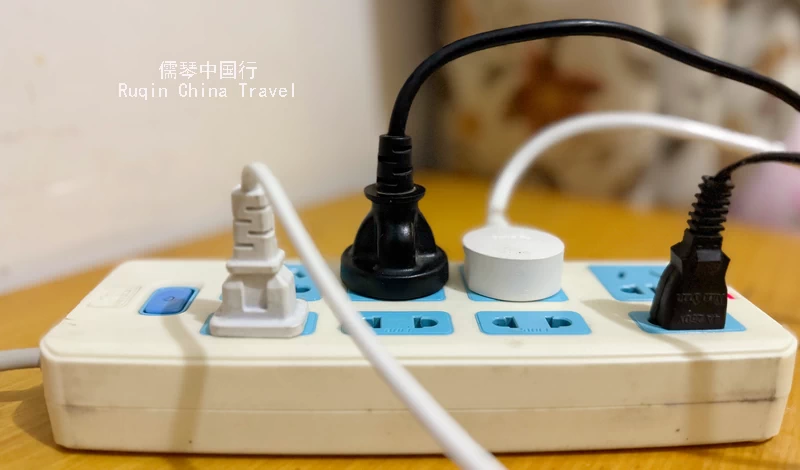
- Comfortable shoes: You’ll do a lot of walking, especially if you plan to visit the Great Wall or the Forbidden City.
- Power adapter: China uses different electrical outlets, so make sure to bring the right adapter for your electronics.
- Sunscreen: Beijing can get very sunny in the summer, so protect your skin from UV rays.
- Face mask: It’s still common in China to wear a mask in crowded places or on public transportation, especially during the winter months.
🏆 3-Day Private Tour of Incredible Beijing Highlights
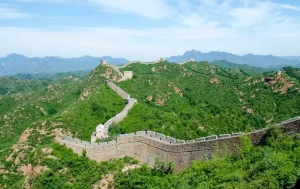
Planning to see everything in Beijing without the stress of piecing it all together? This 3-day private tour hits all the must-see spots—without the crowds or confusion. From the legendary Great Wall to the serene Temple of Heaven, this door-to-door experience makes it easy to explore five UNESCO World Heritage Sites, hidden hutong alleys, and more, all with your own expert guide. 🧭🏯Upgrade for full city transport and daily lunches for a truly worry-free trip!
👉 Book Your 3-Day Private Tour of Incredible Beijing Highlights Now
📌 Top Highlights:
- 🧱 Walk the Great Wall at Mutianyu – a quieter, scenic section with fewer crowds
- 🏰 Step into history at the Forbidden City – the heart of imperial China
- 🌿 Wander the lakes and pavilions of the Summer Palace
- 🛕 Visit 5 UNESCO World Heritage Sites, including the Ming Tombs & Temple of Heaven
- 🚗 Hotel pickup & drop-off included – no need to figure out transport
- 🗺️ Explore the hutongs – charming alleys full of old Beijing character
- 👩🏫 Enjoy a private guide who personalizes the experience for you
Now that you have a comprehensive How to Plan Your Trip to Beijing 2025, you’re ready to start planning your adventure! From securing your China travel visa to choosing the best Beijing itinerary, we’ve covered everything you need to make your trip smooth and memorable. Whether you’re traveling solo, with family, or as a couple, Beijing has something for everyone. Use these tips to plan your trip, and you’ll experience all the beauty, history, and excitement this incredible city has to offer. Safe travels!
Further Reading
How to Visit Beijing in One Day
How to Explore Beijing in Three Days
How Many Days in Beijing? Spend Up To 7 Days in Beijing


